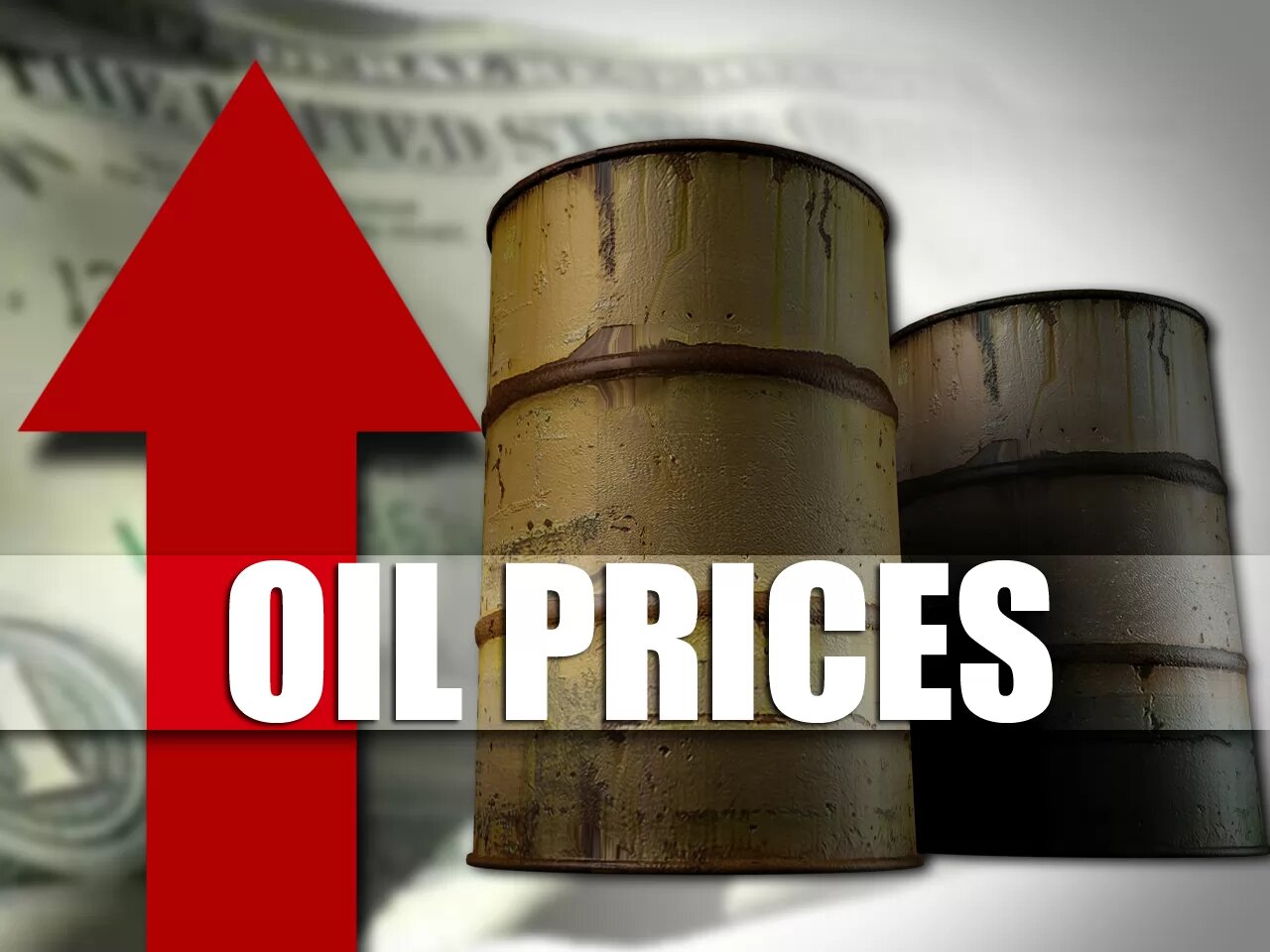Commodities
Why did oil prices rise today? Prices rise during Wednesday’s trading session

Global oil prices rose on Wednesday afternoon in anticipation of U.S. Department of Energy data on inventories in the country last week, according to trading data. Will oil prices rise even more in 2022?
October futures on Brent gained 1.03% to $101.25 per barrel and October futures on WTI grew 1.02% to $94.7. In the morning, oil was 0.3-0.5% cheaper.
Why did oil prices rise today?
Ole Hansen, Saxo Bank Chief Commodity Strategist, told Bloomberg that the words of Saudi Arabia’s Energy Minister about possible OPEC+ production cuts gave a necessary boost to the oil markets, pushing the commodity prices up 4% on Tuesday.
Hansen noted that on Wednesday, additional support was provided by American Petroleum Institute (API) data, according to which the U.S. commercial oil stockpiles fell by 5.6 million barrels during the previous week.
The official statistics of the U.S. Energy Department on commercial oil reserves will be published later in the evening. Analysts expect a 0.9 million barrel decline in inventories.
Earlier we reported that Gold is getting cheaper again on dollar strength and expectations around US Federal Reserve policy.
Commodities
Oil prices rise; U.S. crude inventories plunge, Russia-Ukraine truce eyed
Commodities
India’s Reliance to stop buying Venezuelan oil over US tariffs, sources say
Commodities
Oil prices climb on Venezuela supply worries

 Forex3 years ago
Forex3 years agoForex Today: the dollar is gaining strength amid gloomy sentiment at the start of the Fed’s week

 Forex3 years ago
Forex3 years agoUnbiased review of Pocket Option broker

 Forex3 years ago
Forex3 years agoDollar to pound sterling exchange rate today: Pound plummeted to its lowest since 1985

 Forex3 years ago
Forex3 years agoHow is the Australian dollar doing today?

 Cryptocurrency3 years ago
Cryptocurrency3 years agoWhat happened in the crypto market – current events today

 World3 years ago
World3 years agoWhy are modern video games an art form?

 Commodities3 years ago
Commodities3 years agoCopper continues to fall in price on expectations of lower demand in China

 Economy3 years ago
Economy3 years agoCrude oil tankers double in price due to EU anti-Russian sanctions



























